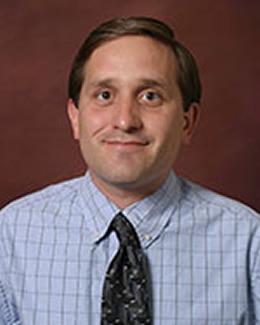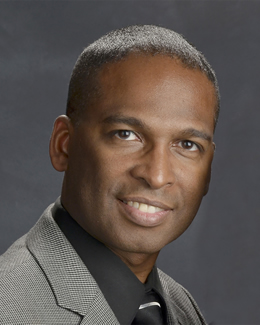News and Highlights
This is a list of past iUTAH EPSCoR news from 2012 to 2018.
February 12, 2016
Activities of the iUTAH Cyberinfrastructure Team (CI Team) focus on developing hardware and software systems, and tools that improve iUTAH participants’ capacity for data collection, organization, management, sharing, synthesis to higher-level products, and integration with models.
iUTAH EPSCoR regularly shares its free and open access to comprehensive sets of data, models, and other digital resources. Below is a small sampling of some of the most recent submissions.
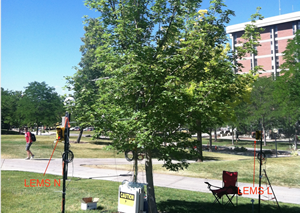
Dataset: Energy Balance of an Isolated Urban Tree (2014)
Brian Bailey, Rob Stoll, and Eric Pardyjak collected data to better understand the energy transfer of a tree on the University of Utah campus. They have published data related to surface temperature and fluxes of sensible heat, latent heat, radiation, and moisture, as well as infrared thermographic images of the tree and code for generating plots.
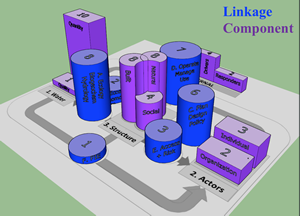
Dataset: RFA 3 Model Inventory (2015)
David Rosenberg has created and published an inventory and visualizations of current modeling efforts of iUTAH researchers. This dataset provides an overview of the iUTAH RFA3 teams’ modeling efforts, maps them to the iSAW conceptual model, and can be used to identify opportunities for model coupling.
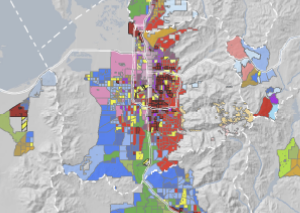
Dataset: Relating to 'Water-Relevant Typology' of Urban Neighborhoods (2015)
Doug Jackson-Smith, Martin Buchert, and Philip Stoker developed a typology of urban neighborhoods to classify neighborhoods by multi-variant, water-related characteristics in the urban census block groups of ten northern Utah counties. They have published a report of their methods of analysis and results.
To publish your dataset (or request to have it featured here), deposit it in the repository, and contact the iUTAH Data Manager Amber Jones.
January 28, 2016
Students Showcase Research at Legislature
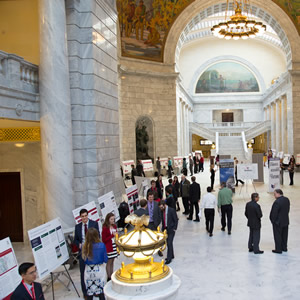
Undergraduate students from the University of Utah and Utah State University (USU) displayed their research for Utah lawmakers in the rotunda of the state Capitol in Salt Lake City on Tuesday, Jan. 26, 2016. Among the participants were USU and iUTAH 2015 iFellows Viviane Baji and Matthew Barnett. Both Matt and Viviane worked with faculty mentor Dr. Doug Jackson-Smith of Utah State University.
“We were excited to be at the state Capitol, “said Baji. “It was a blast to present our iUTAH research and have legislators come by to talk with us about the importance of our work.”
These students will get the chance to present their work again next month at the annual Utah Conference on Undergraduate Research (UCUR) in Salt Lake City, along with USU iFellow Jordan Risley. In addition to attending these statewide conferences, Viviane Baji was accepted to the National Undergrad Research Conference, which will be held in Asheville, North Carolina, later this spring.
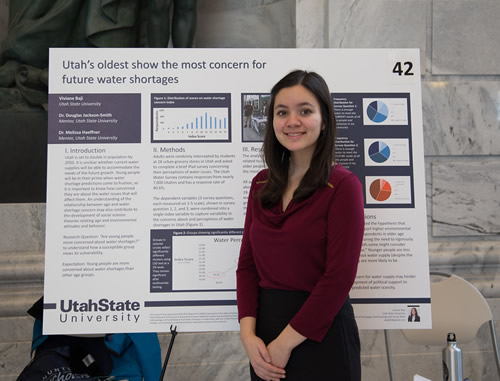
Photo credit: USU Office of Research and Graduate Studies
January 28, 2016
Changes in Utah Water Watch Staff
In December, iUTAH partner Utah Water Watch (UWW) said farewell to their longtime program coordinator, Brian Greene. With his departure, UWW is reorganizing their operations in a way that will increase their capacity to raise public awareness of Utah’s water resources.
UWW has added two new staff members to their water quality education and data collection program. Ellen Bailey and Eli Robinson will be co-coordinating UWW, Stream Side Science (SSS), and other outreach programs. Ellen has been working as program coordinator for Utah State University (USU) Water Quality Extension since June 2015. Eli joined the program this year as an AmeriCorps volunteer. They both enjoy working with the public, and are passionate about water and the environment.
Before coming to USU, Ellen worked as an environmental scientist in Florida, monitoring water quality and assisting with wetland and spring restoration projects. Eli, a recent graduate of Whitman College in Washington, has experience working with fisheries and water quality in the Intermountain West.
With their guidance, UWW will continue to train citizen scientists in water quality monitoring. They will expand the network of advanced monitoring (Tier 2) volunteers across the state. These volunteers work one-on-one with scientists or watershed coordinators to collect specific data used in assessment of restoration efforts.
This fits with USU Professor and Extension Water Quality Specialist, Nancy Mesner’s findings. “People are learning as they collect this data, about their own water bodies, water bodies that they may have lived next to for years,” she said.
Ellen and Eli will also be working to merge of common elements of the Stream Side Science youth education program with UWW, encouraging more students, teachers, and clubs to participate in local water quality monitoring. Along with these improvements, Ellen will be based in Salt Lake City, out of the Utah Division of Water Quality office, while Eli will be in Logan. This arrangement will allow greater coverage along the Wasatch front.
“What we find is that they [volunteers] feel more positive about water bodies as they understand how they change over time,” said Mesner. “Sometimes people see a water body get turbid and they think it is polluted, and it is just that the flows are up. They learn to understand seasonal changes, and that they have cleaner water than they thought. What we find is that this is an entryway to more stewardship, and more sensible ownership.”
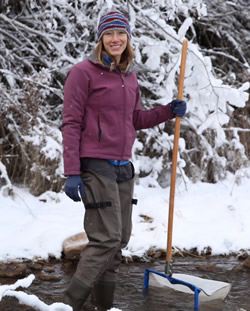
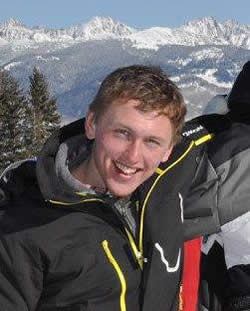
Photo credit: Ellen Bailey and Eli Robinson
January 26, 2016
Where Does the Water From Snow Actually Go?
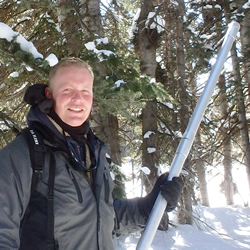
Each winter, as the snow falls across Utah, hope grows that the accumulating snowpack will ease our drought conditions, and supply the state with water throughout the year. While snowfall can happen anywhere in the state, it accumulates most in the mountains, where elevation, aspect, and vegetation cover vary greatly. Natural disturbances such as fires and insects further alter the landscape, and change the way the snow accumulates and contributes to our watershed.
These are subjects that interest Jordan Maxwell, graduate research assistant and PhD student at Brigham Young University. Now into his second year of his research, Jordan is working with faculty advisor Dr. Sam St. Clair to measuring snowpack across gradients of disturbance in Utah’s alpine regions.
For Jordan, a good snowfall gives him the opportunity to ski into remote regions of Utah where he takes snow measurements. While this may sound like a Herculean task, he is especially interested in focusing on areas where the vegetation cover has been disturbed or eliminated by insects or fire to see if these changing conditions influence snow accumulation and water retention. One of the questions he wants to answer through his research is-- how do disturbances such as fire and/or tree deaths due to beetle attacks affect how much water will be available to come through our faucets?
Preliminary research conducted during Jordan’s first year examined areas of Twichell Canyon in central Utah, and selected Snow Telemetry (SNOTEL) sites, as well as other areas burned by the 2010 Twitchell Canyon fire. SNOTEL, operated by the U.S. Department of Agriculture’s Natural Resources Conservation Service (NRCS), is an automated system, with over 600 sites across 13 states, which measures snowpack and related climate sensors. His findings for this initial research confirmed that there was an inverse relationship between vegetation, density of tree cover, and snow accumulation.
Continuing research conducted this winter will be more robust, covering a larger collection area and a change in location patterns to generate a more random sampling. First, sections of forests are identified by type of forest, along with four categories of fire severity disturbances, including intact, open, moderate, and severely burned. Samples measure for snow water equivalence (SWE), how much water there is in the snow, and snow depth. These measurements will help in developing a GIS snow-water equivalence model to discover how much water is in a watershed, and what changes occur after a disturbance such as fire. Future and follow-up research will look at snow ablation.
Also Jordan will compare the data he is collecting to the SNOTEL data to see how vegetation is affecting snow accumulation. He hopes that his research will provide other researchers working with NRCS, including water and fire managers, a model for predicting how snowfall in an area, and thus usable water, may be altered by changes in vegetation.
By combining research results and data collection into a model that can be used for predictions, Jordan hopes to help researchers predict how much the snowpack is contributing to the watershed in Utah, as well as contribute to helping properly manage and protect it. He will use his findings in two manuscripts summarizing the results of research and data collections, one on SNOTEL, and the other on snow in the post fire conditions of Twitchell Canyon.
When describing his lab at BYU, Jordan says that while research topics range from invasive plant management in sagebrush deserts to grazing patterns of mammals, everyone is interested in the same question: How much water do we have this year? He says that “water is a central point in all their research, it affects everyone.”
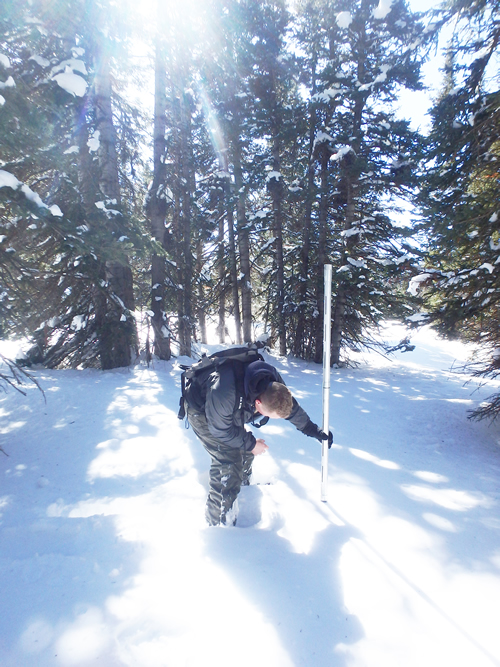
Jordan Maxwell, PhD student at Brigham Young University taking snow measurements. Credit: J. Maxwell
January 18, 2016
Utah State University ended its "year of water" by featuring USU and iUTAH researcher Scott Jones, and other scientists and community members in the Utah State University Winter 2016 magazine. Scott helps users understand vital processes like snowmelt dynamics by interpreting data gathered from meteorological stations.
“We want to understand processes like snowmelt dynamics, which tell us when we can expect to see water filling our reservoirs," Jones says. "We also want to understand how vegetation affects stow pack and water delivery to our reservoirs and groundwater."
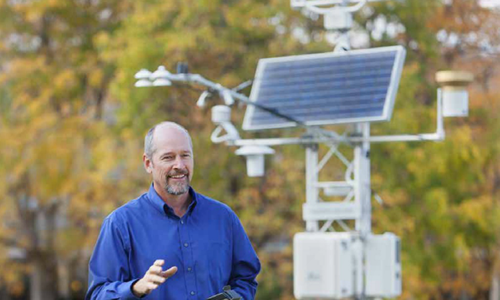
Scott Jones, a professor of environmental soil physics at USU. Credit Donna Barry, University photographer.
January 15, 2016
Two 2016 iUTAH Research Catalyst Grant Awarded Statewide
Researchers from Utah Valley University and Southern Utah University will receive funding this year to enhance water research capacity and expand undergraduate student research opportunities.
The 2016 iUTAH Research Catalyst Grant (RCG) recipients were announced by iUTAH EPSCoR, a National Science Foundation-supported program that focuses on improving sustainability of water resources in Utah.
Professors Christopher Monson from Southern Utah University (SUU), and Eddy Cadet from Utah Valley University (UVU) have been funded by iUTAH to work with undergraduates, other faculty members, and with other research institutions, community groups, and professional organizations in Utah.
iUTAH Research Catalyst Grants
For more how the RCG awards are working to strengthen iUTAH’s collaborative research network, visit the full article…
